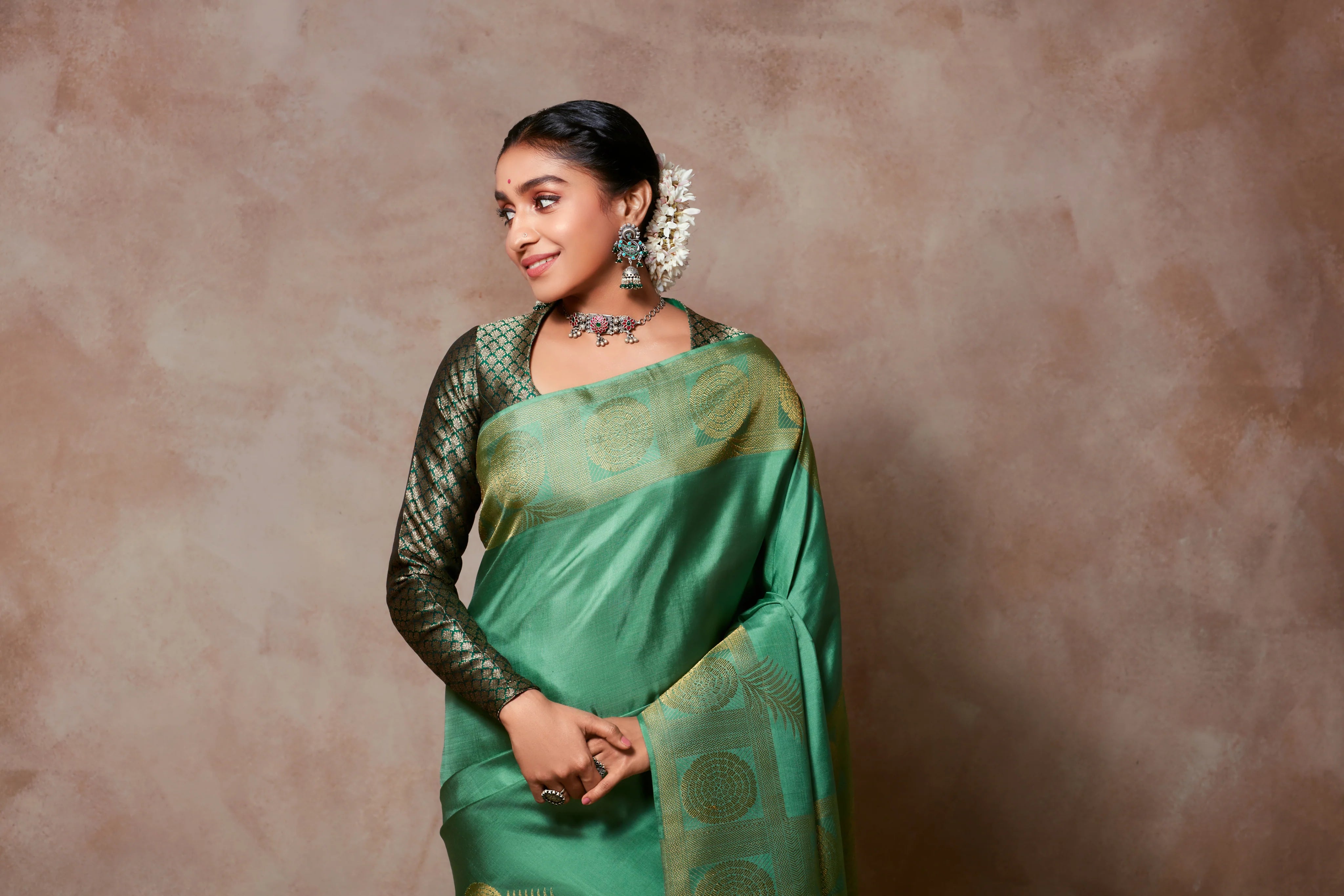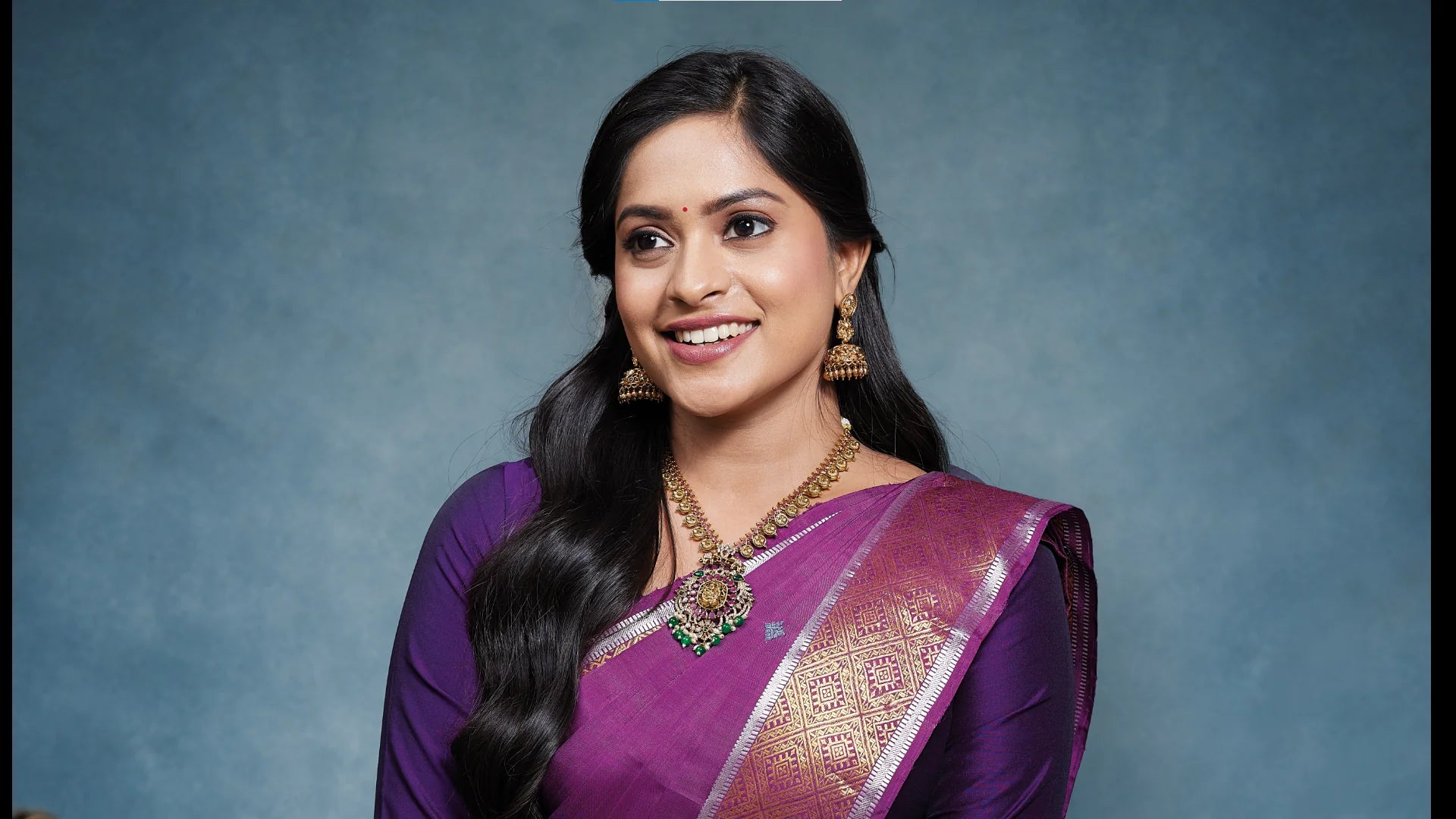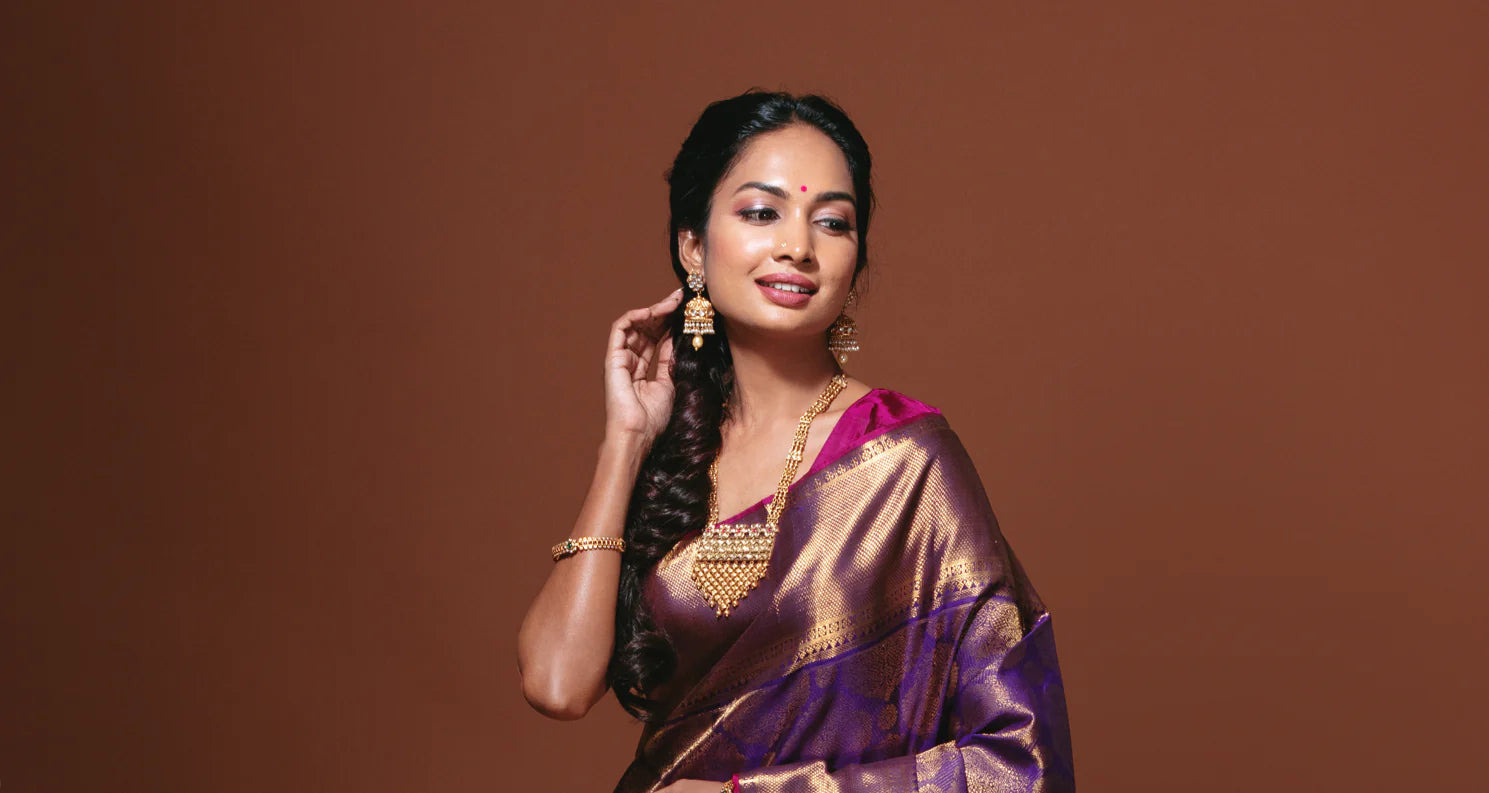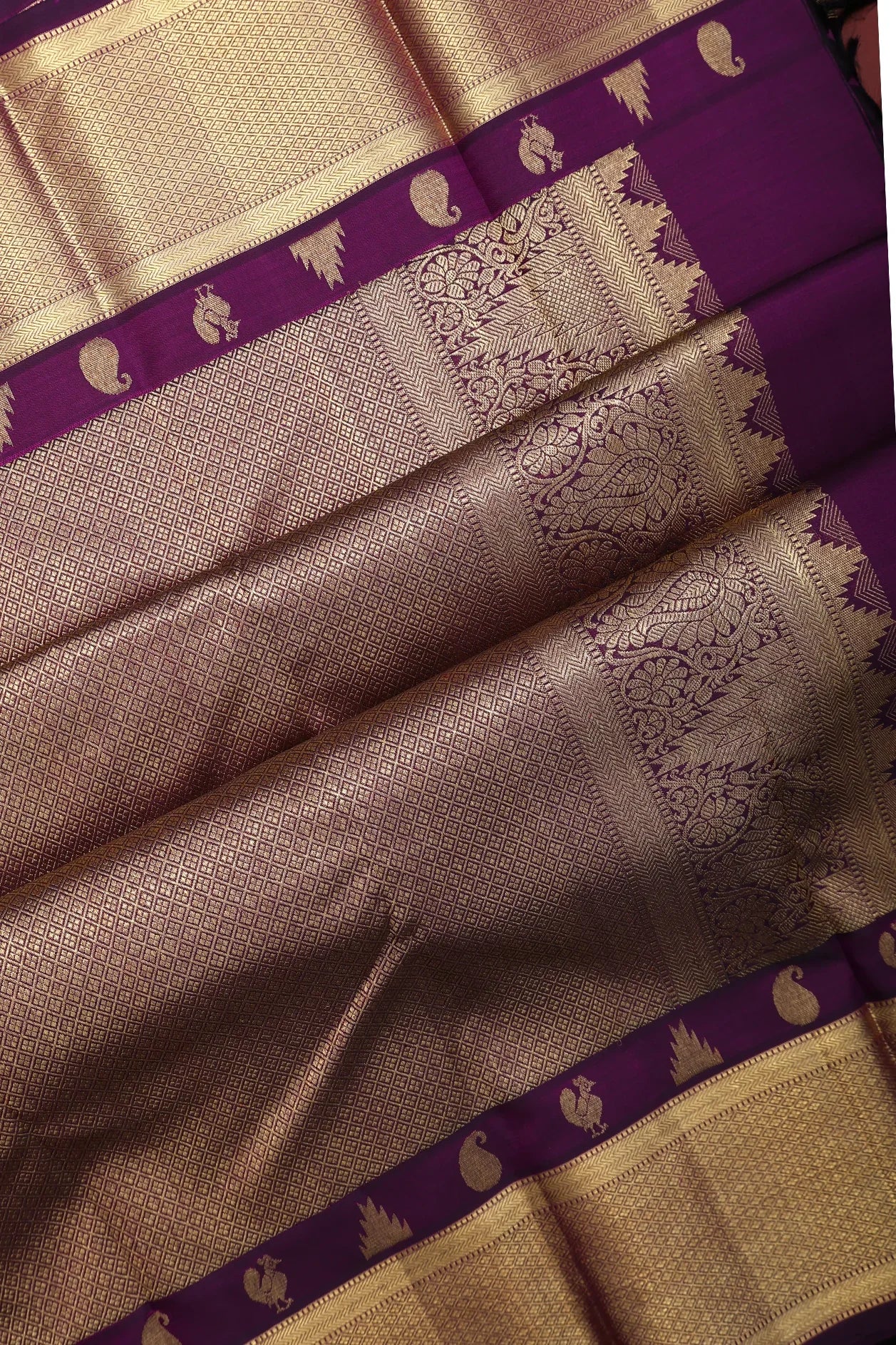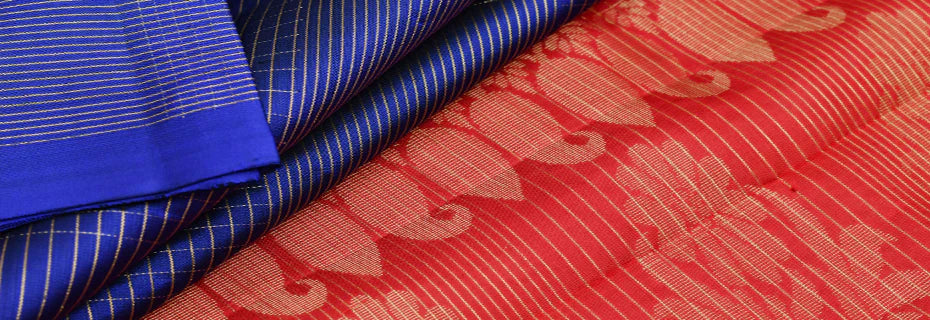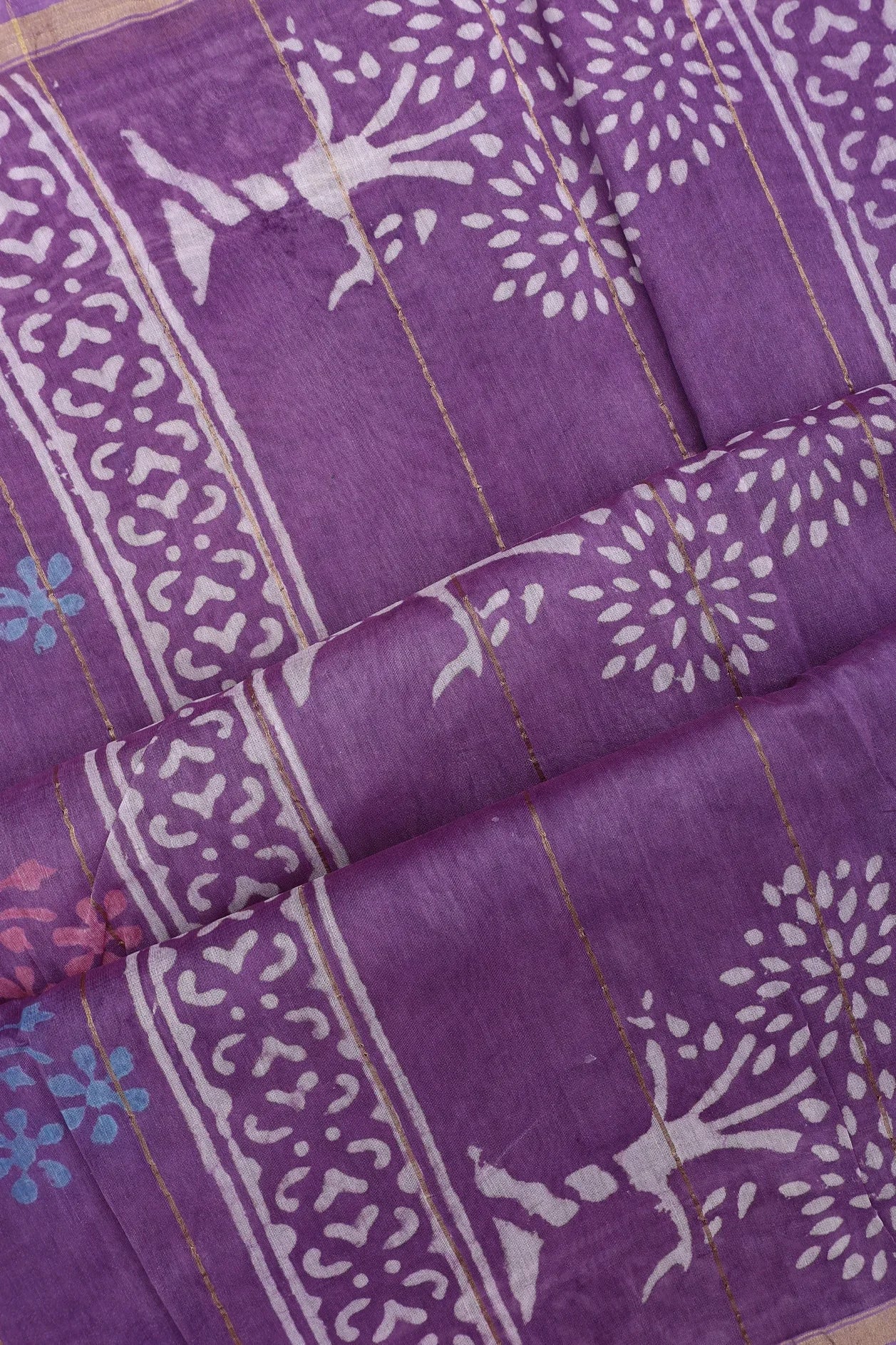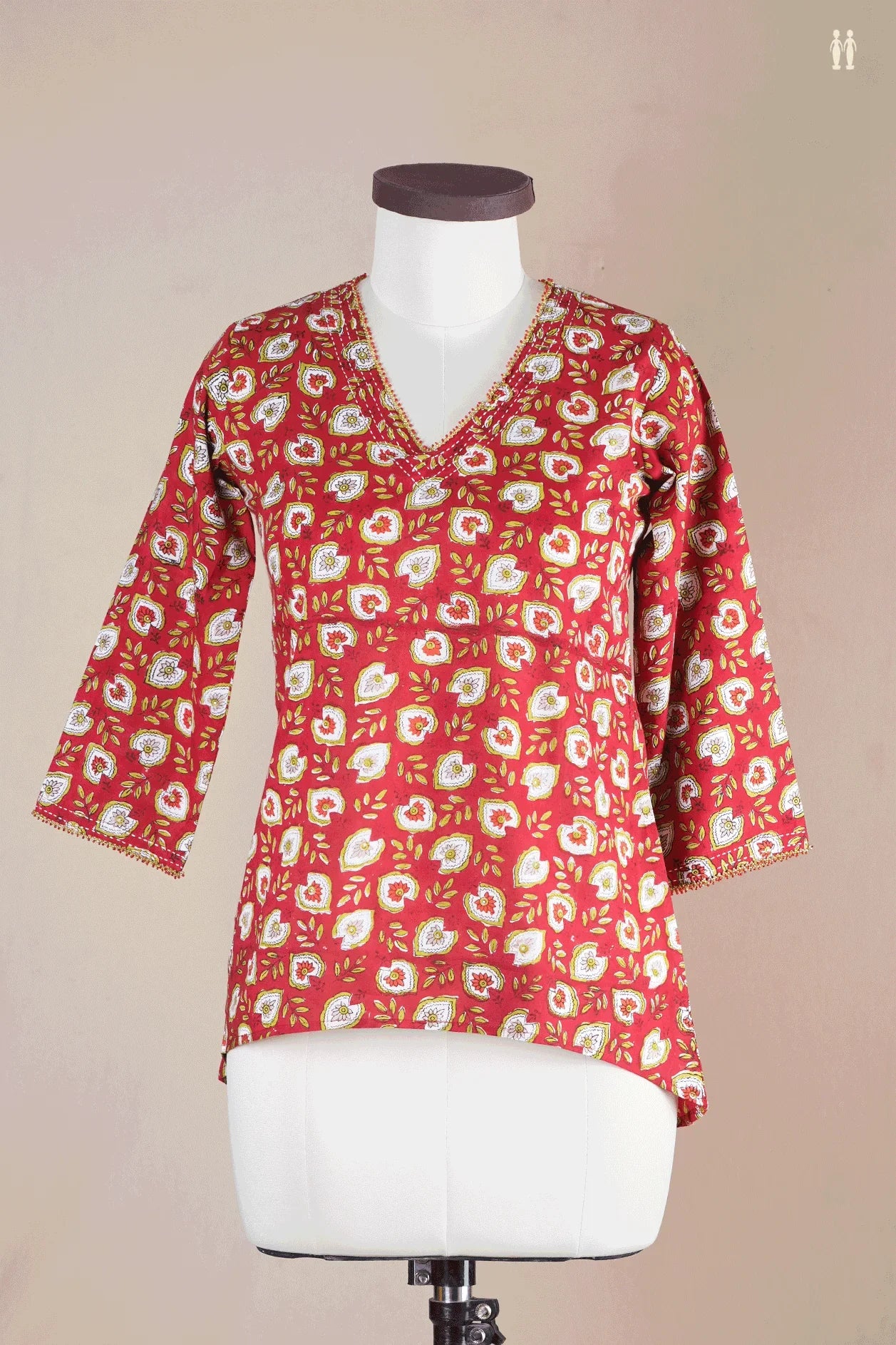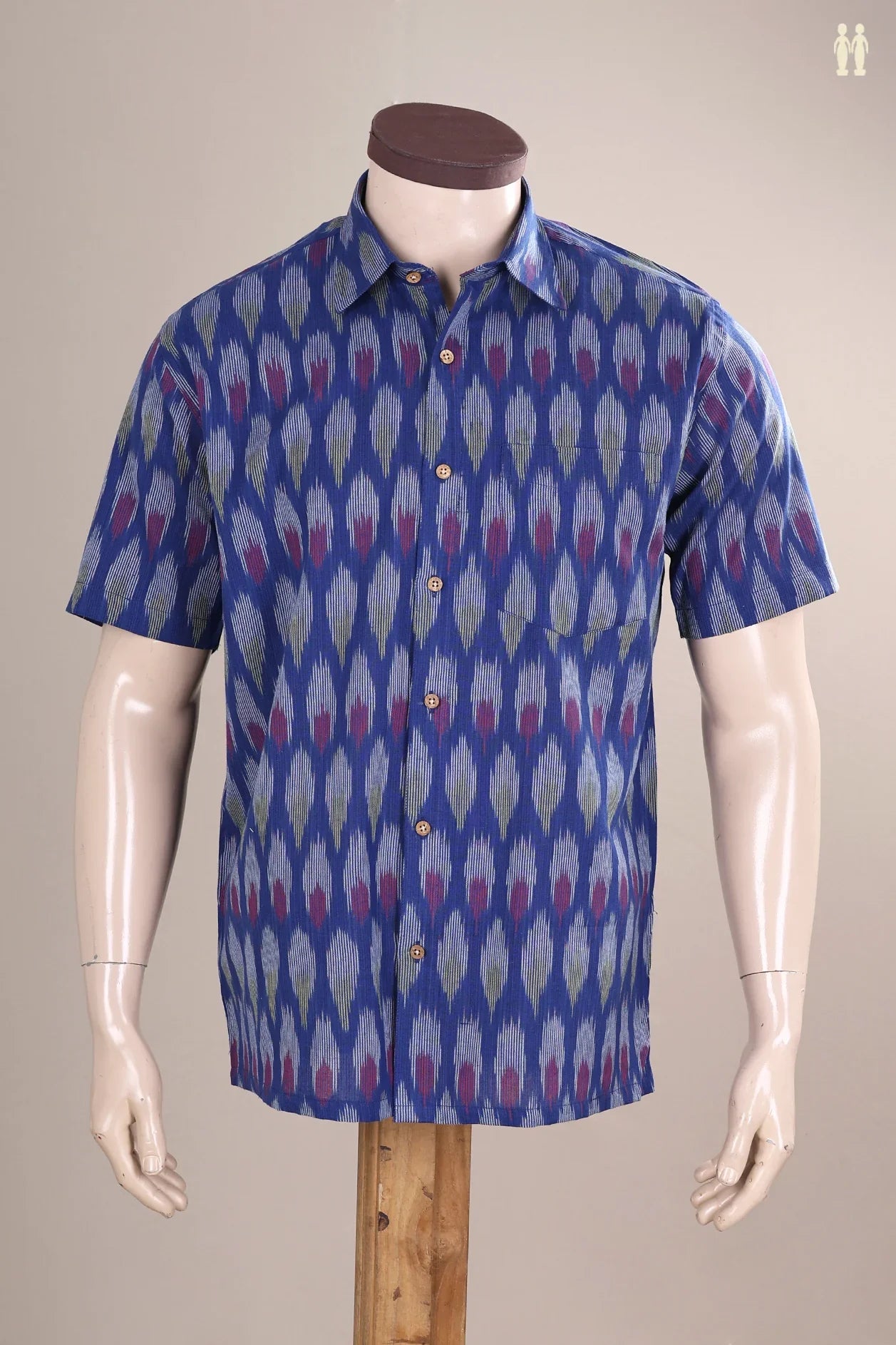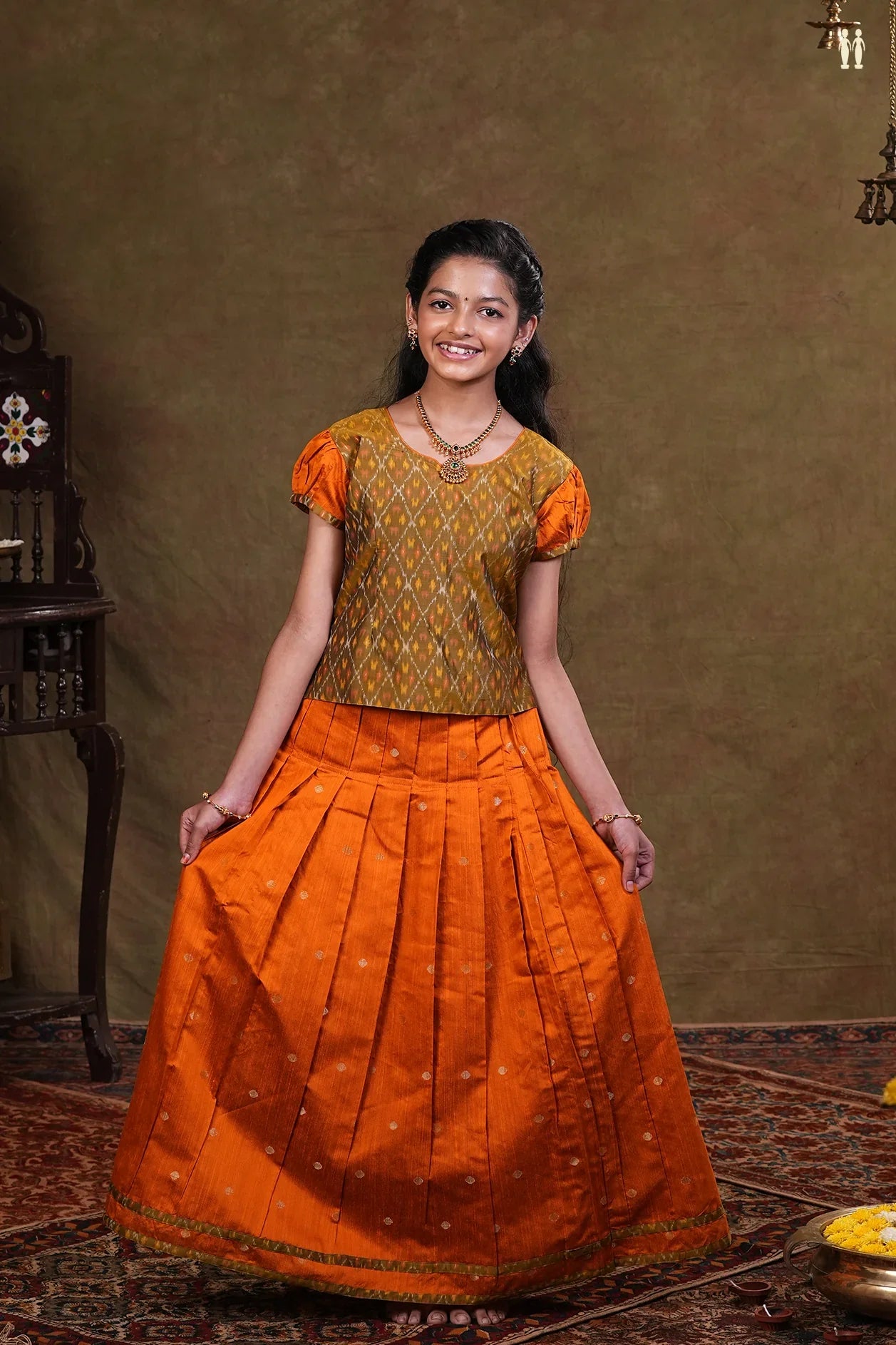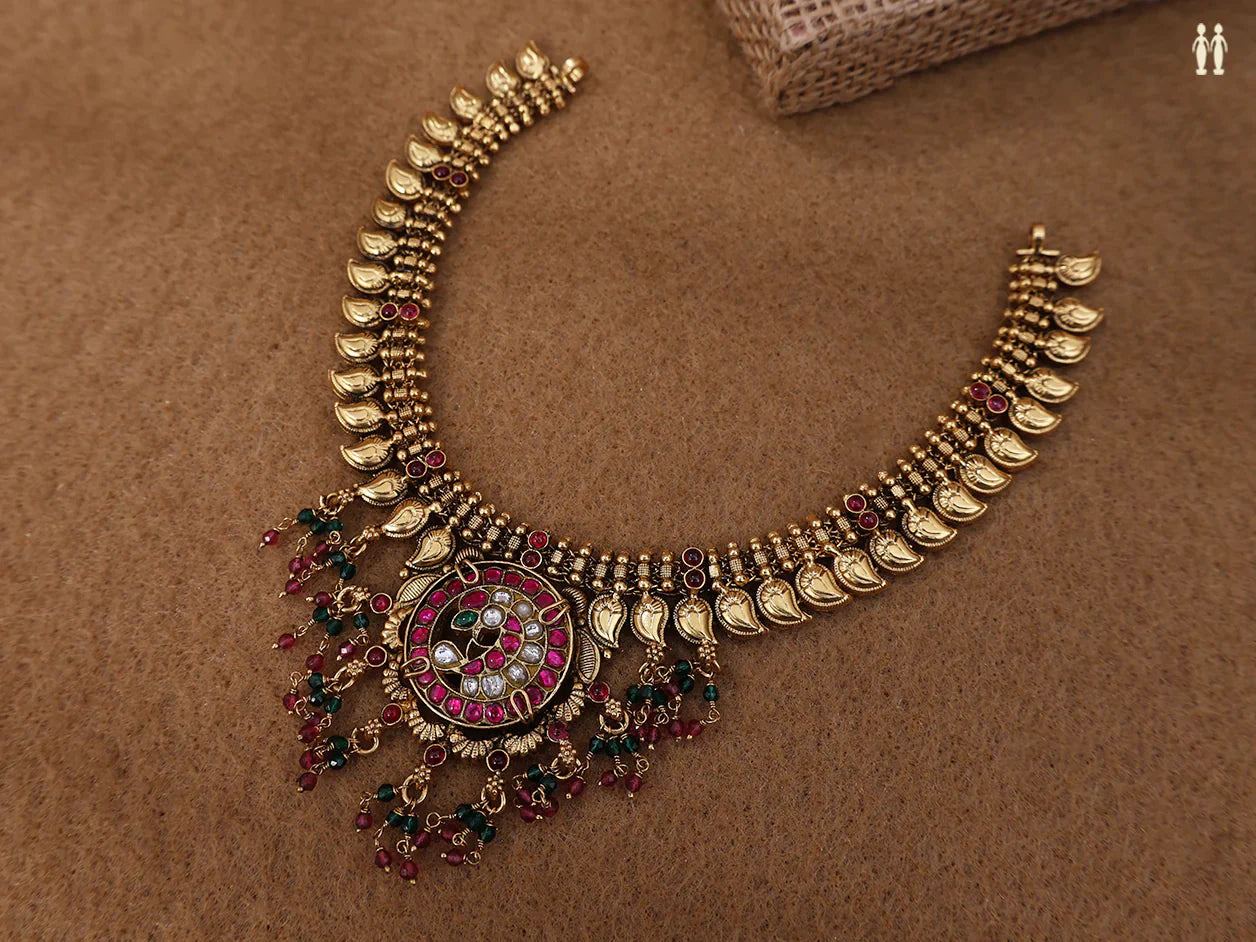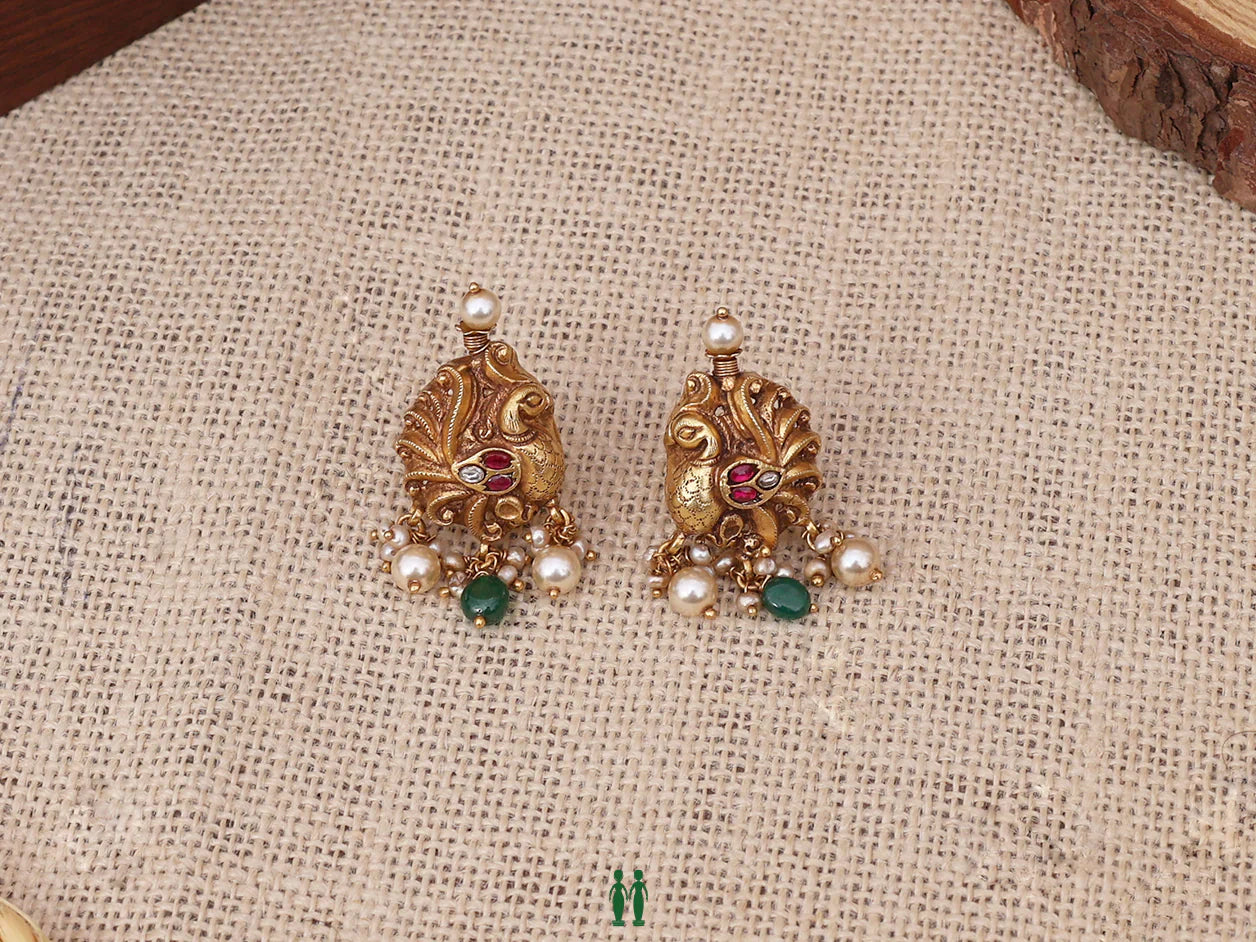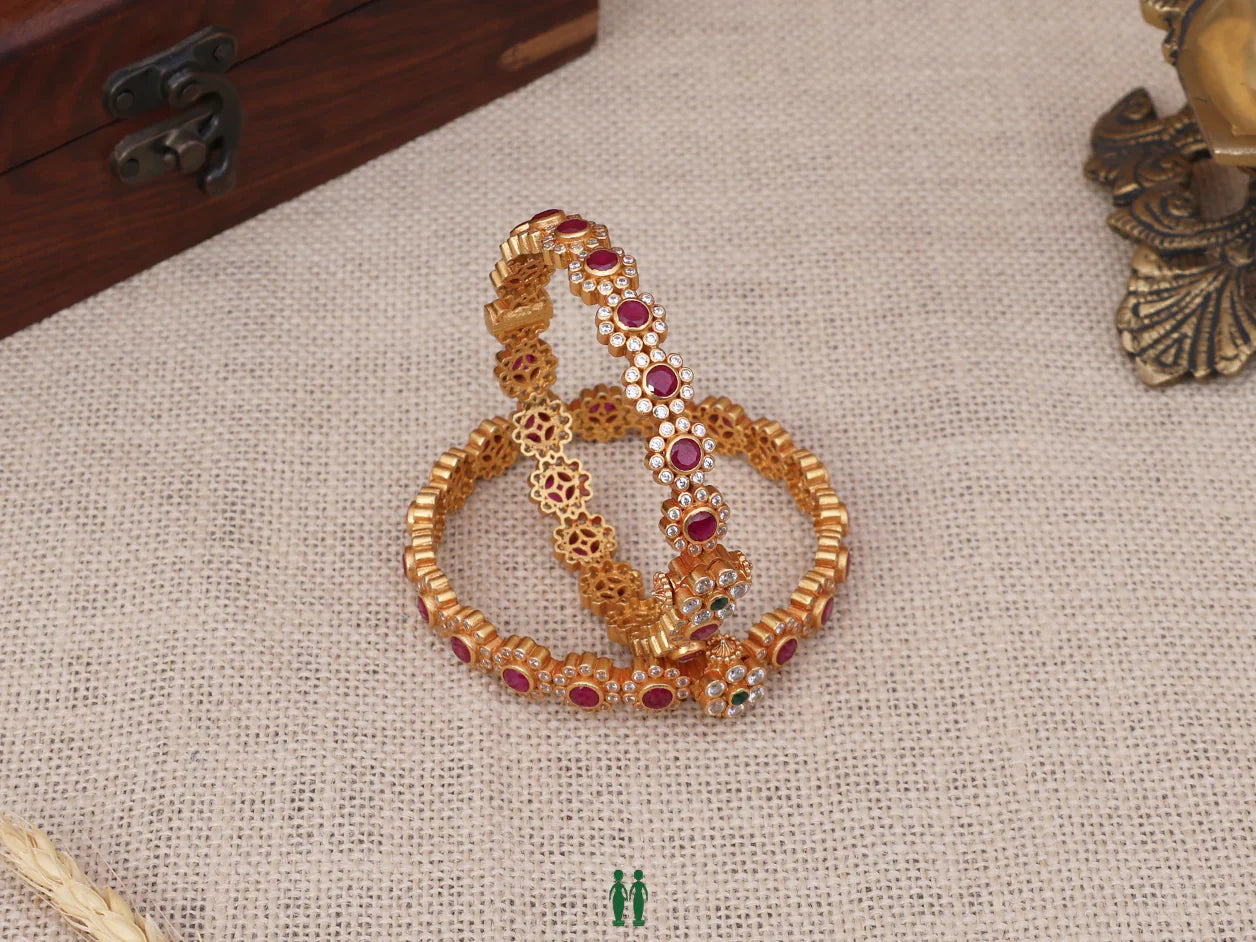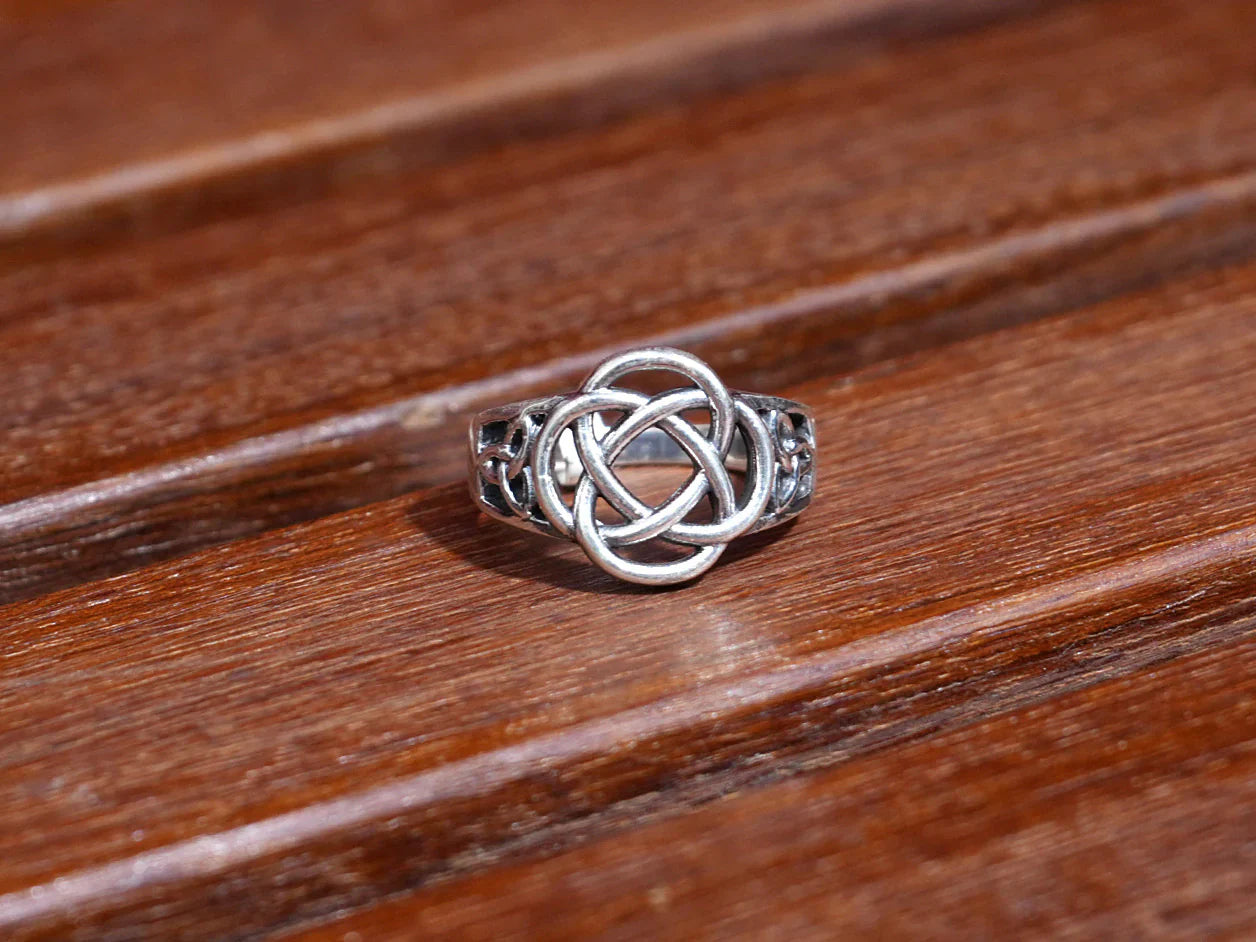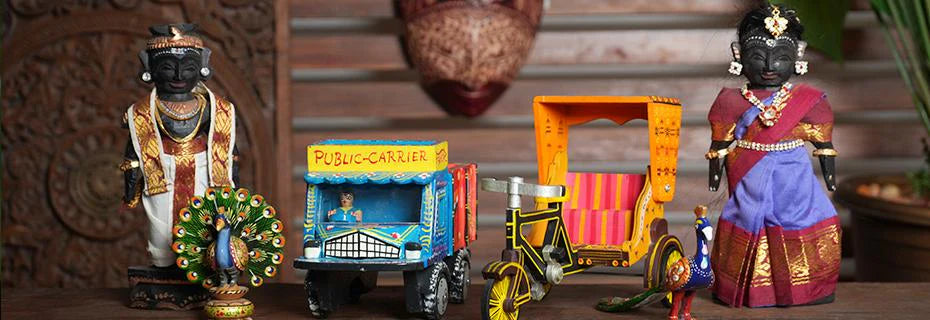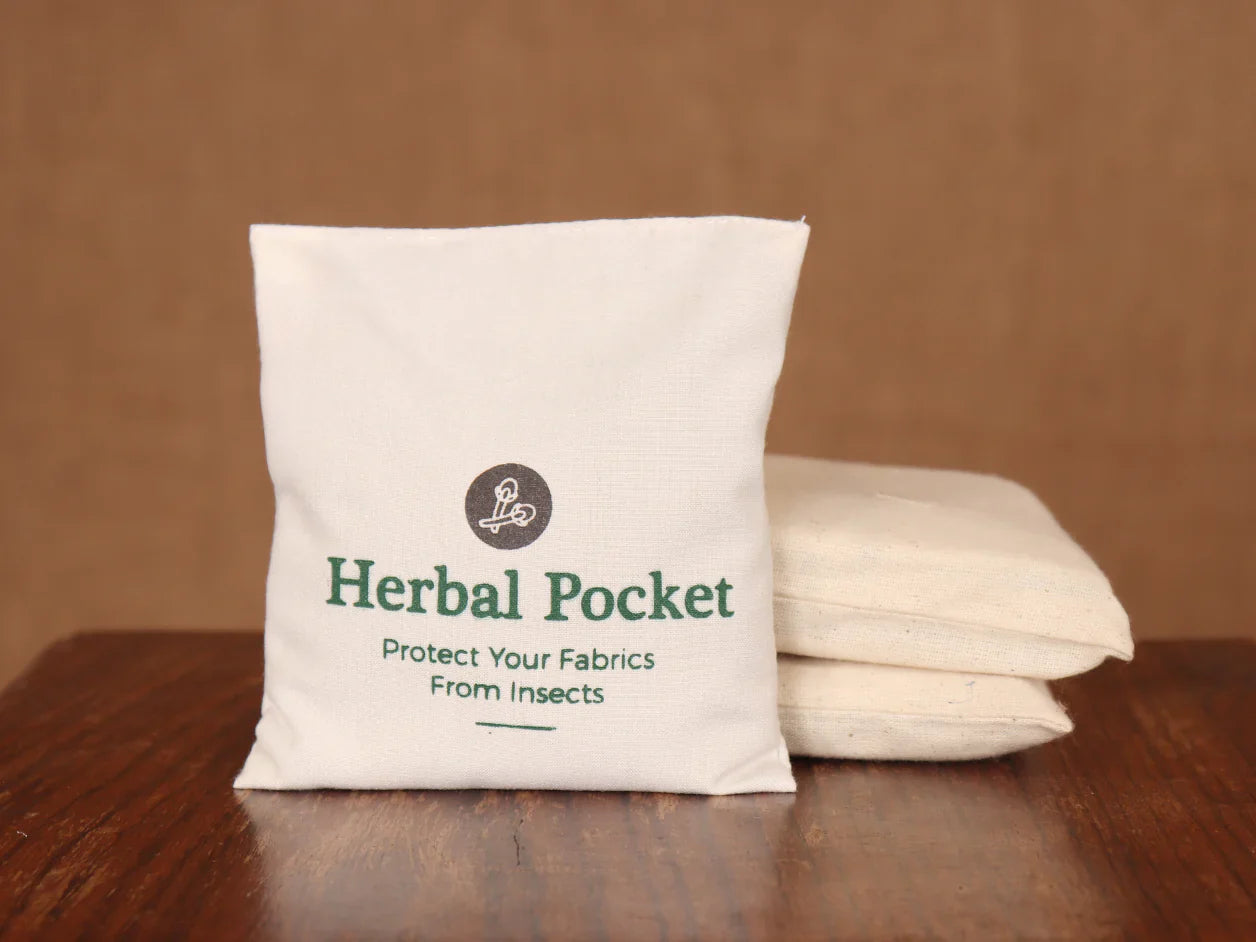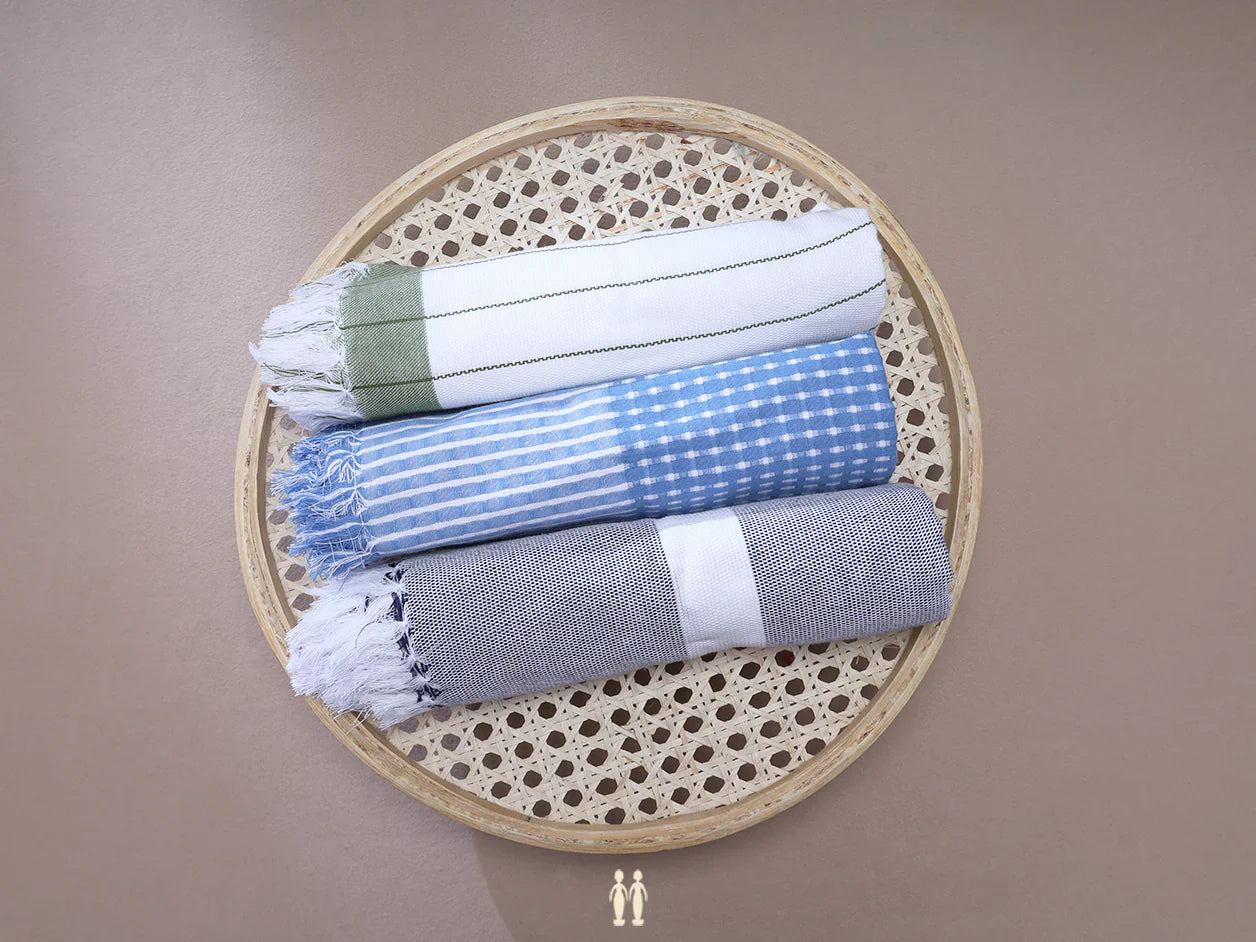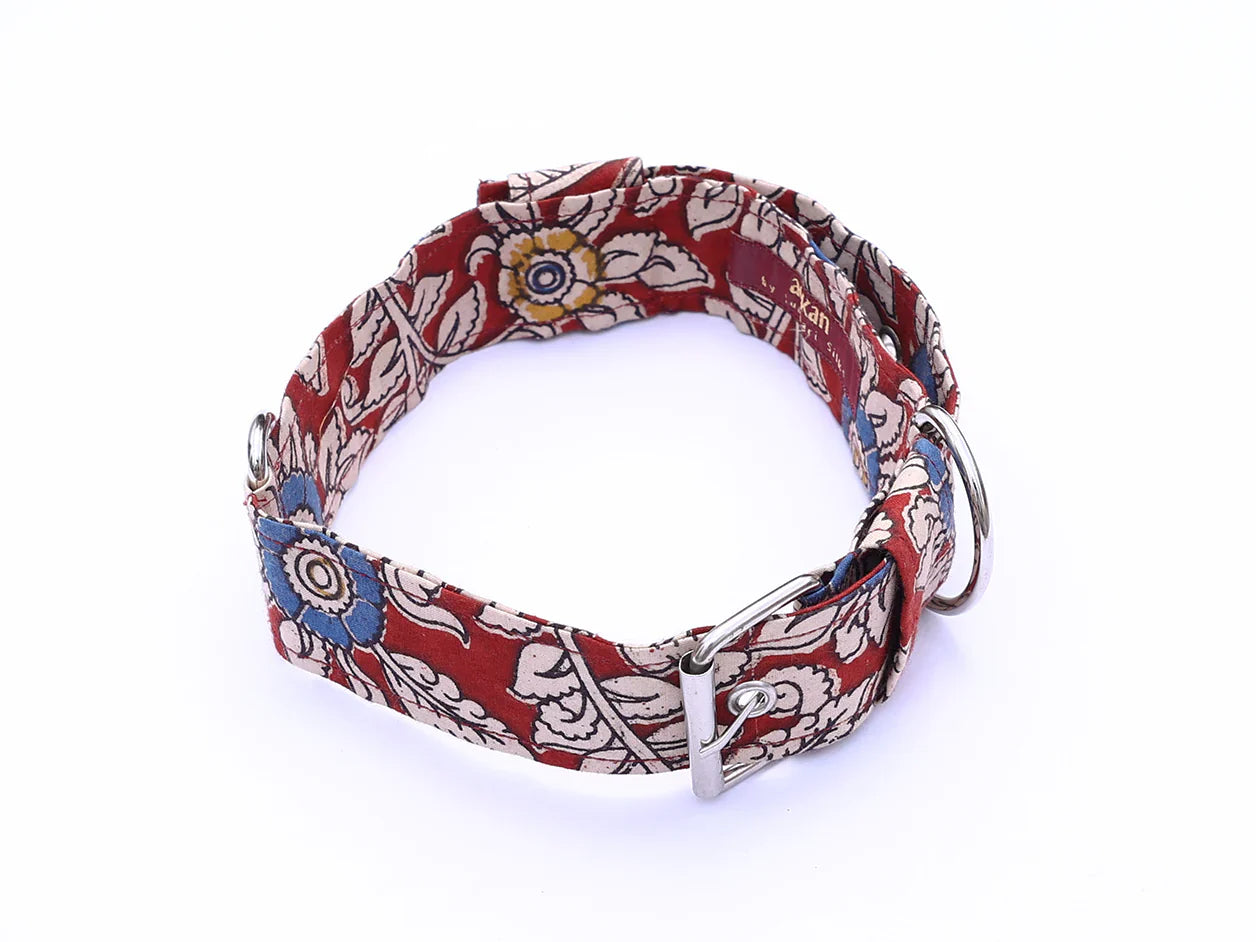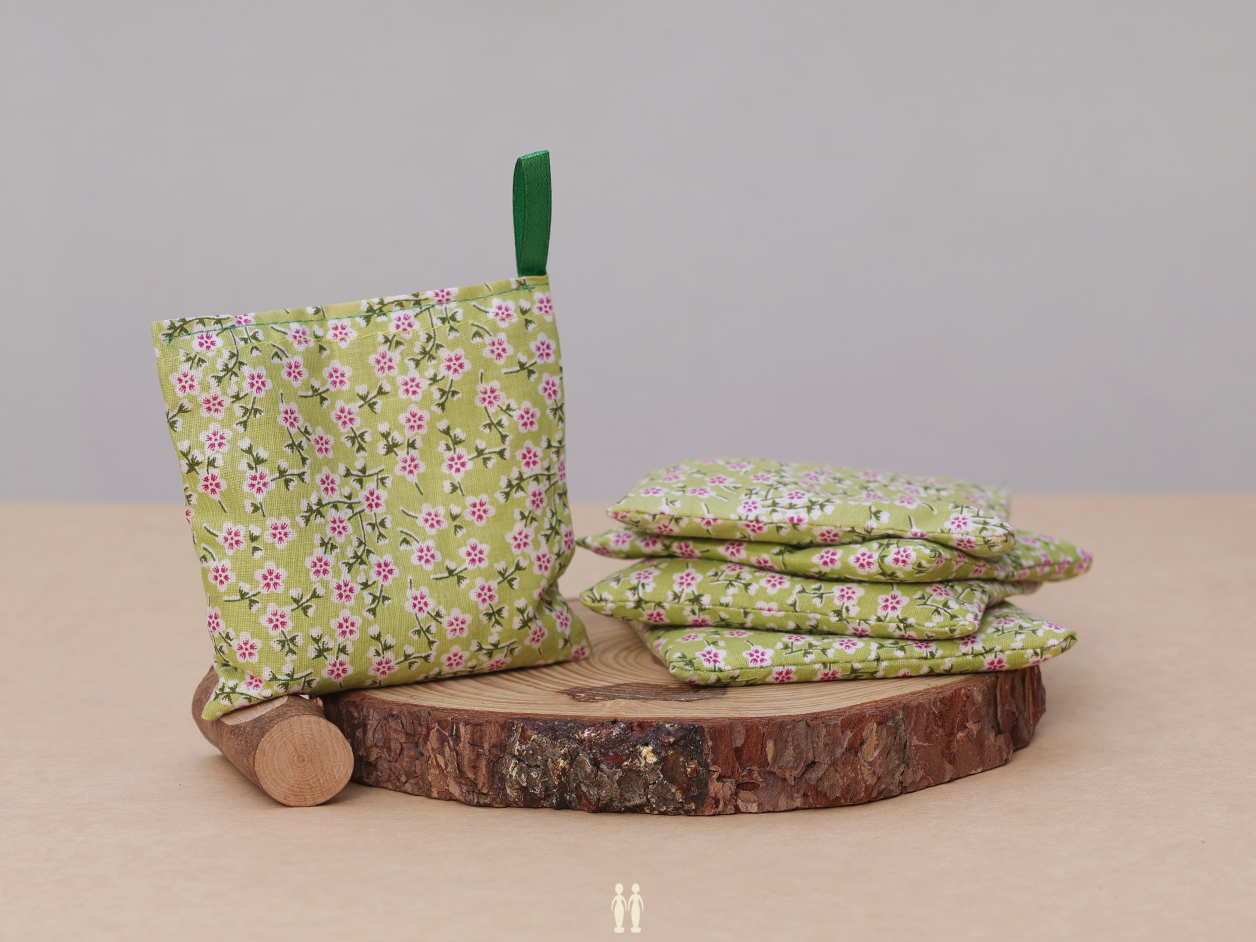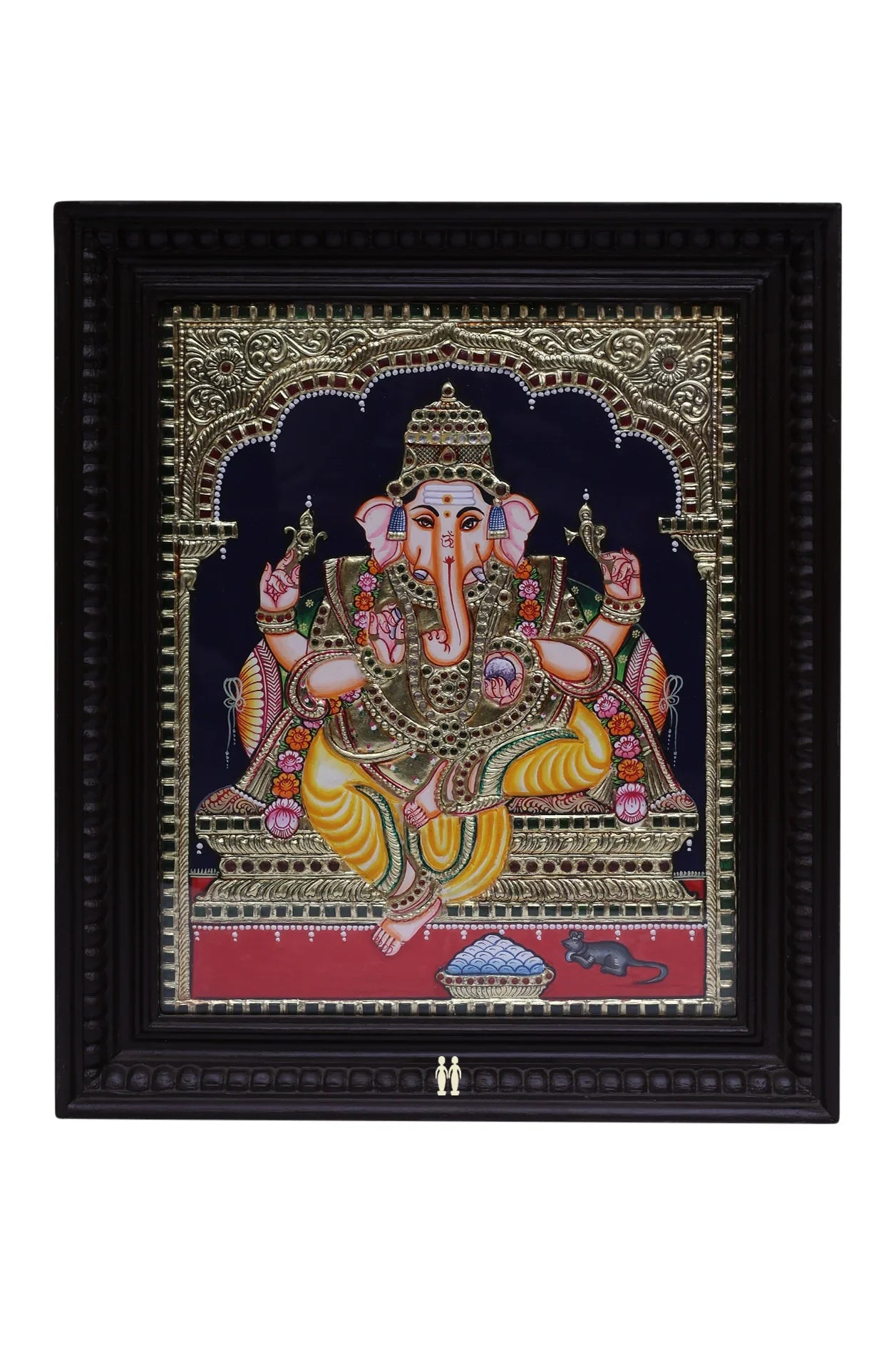- Enjoy 5% off your first purchase when you subscribe. Be the first to discover our latest collections, exclusive offers, and timeless tales.
Trending Products
CART
Cart is Empty!


The Tales of Uppada Silk
Uppada silk has always been synonymous with celebrations. This beautiful and radiant weave has become the preferred choice for women to wear because of its irreplaceable elegance and grandeur.
Uppada silk is crafted using the jamdani weaving technique. The jamdani weaving style has a long and illustrious history and dates back over 300 years. The Maharajas of Pithapuram, Venkatagiri, and Bobbili encouraged Jamdani weaving and dreamt of making this weave popular across India. However, jamdani witnessed a downfall during the 19th century due to England’s industrial revolution. It was only at the end of the twentieth century it experienced a gradual revival.
A few designers decided to bring the traditional Jamdani weaving back to life. They taught the weaving technique to the weavers in the village of Uppada, Andhra Pradesh. Thus this age-old fabric weaving technique was beautifully revamped and transformed into a novel and popular brand - Uppada sarees. Each saree is so rich that you will be immersed in its vividness and feel regal like a queen every time you drape it.


In Uppada, a single community known as the Padmasalis weave these beautiful sarees that will leave you mesmerized with the stunning zari work and refreshing colours. These sarees are manufactured with a Cotton warp and are known for their distinctive designs. They are characterised by the length and breadth count of threads, which are created using only non-mechanical techniques. This count refers to the number of threads woven in one square inch in both length and breadth. This is known as warp and weft weaving. The count determines the quality of the fabric.
Two weavers work on a single loom in Uppada to weave delicate and beautiful designs on the fabric using zari work. Since this is a completely hand-crafted art, it takes two months to complete a magnificent piece of work. Silver zari is dipped in molten gold and used on the weaves. The reverse sides of the saree motifs should be as finely finished as the front side in order to identify an authentic Uppada weave.
There is no limit to the variety of designs that can be made on an Uppada weave. It was this very aspect that sparked the revival of Uppada Sarees and earned them their current stature. The Uppada Silk Sarees will leave you puzzled with their choice of designs, which range from a plain Zari Pallu border to intricately woven tapestry-like patterns of paisleys, flowers, leaves, creepers, and geometric designs. Uppada Sarees have become the new fashion favourite due to a wide variety of vibrant colours, the rich look of the Sarees though remaining light in weight, and their durability.
Let’s open the treasure chests of kaleidoscopic cultural mores and centuries of glorious weaves, craft and form. Every handloom weave is an heirloom piece that reflects the culture and traditions of our country. Sundari Silks offers a wide range of handcrafted Uppada weaves, in keeping with our vision to preserve and carry on this weaving tradition.


Uppada silk has always been synonymous with celebrations. This beautiful and radiant weave has become the preferred choice for women to wear because of its irreplaceable elegance and grandeur.
Uppada silk is crafted using the jamdani weaving technique. The jamdani weaving style has a long and illustrious history and dates back over 300 years. The Maharajas of Pithapuram, Venkatagiri, and Bobbili encouraged Jamdani weaving and dreamt of making this weave popular across India. However, jamdani witnessed a downfall during the 19th century due to England’s industrial revolution. It was only at the end of the twentieth century it experienced a gradual revival.
A few designers decided to bring the traditional Jamdani weaving back to life. They taught the weaving technique to the weavers in the village of Uppada, Andhra Pradesh. Thus this age-old fabric weaving technique was beautifully revamped and transformed into a novel and popular brand - Uppada sarees. Each saree is so rich that you will be immersed in its vividness and feel regal like a queen every time you drape it.


In Uppada, a single community known as the Padmasalis weave these beautiful sarees that will leave you mesmerized with the stunning zari work and refreshing colours. These sarees are manufactured with a Cotton warp and are known for their distinctive designs. They are characterised by the length and breadth count of threads, which are created using only non-mechanical techniques. This count refers to the number of threads woven in one square inch in both length and breadth. This is known as warp and weft weaving. The count determines the quality of the fabric.
Two weavers work on a single loom in Uppada to weave delicate and beautiful designs on the fabric using zari work. Since this is a completely hand-crafted art, it takes two months to complete a magnificent piece of work. Silver zari is dipped in molten gold and used on the weaves. The reverse sides of the saree motifs should be as finely finished as the front side in order to identify an authentic Uppada weave.
There is no limit to the variety of designs that can be made on an Uppada weave. It was this very aspect that sparked the revival of Uppada Sarees and earned them their current stature. The Uppada Silk Sarees will leave you puzzled with their choice of designs, which range from a plain Zari Pallu border to intricately woven tapestry-like patterns of paisleys, flowers, leaves, creepers, and geometric designs. Uppada Sarees have become the new fashion favourite due to a wide variety of vibrant colours, the rich look of the Sarees though remaining light in weight, and their durability.
Let’s open the treasure chests of kaleidoscopic cultural mores and centuries of glorious weaves, craft and form. Every handloom weave is an heirloom piece that reflects the culture and traditions of our country. Sundari Silks offers a wide range of handcrafted Uppada weaves, in keeping with our vision to preserve and carry on this weaving tradition.
Our Famous Articles

Our Famous Articles
Marappachi bommai
Marapachi Bommai: Heirlooms of Heritage In many South Indian homes,...
Your Ultimate Summer Wardrobe Destination
At Sundari Silks, we believe that the essence of summer...
Threads of Love: A Collection for Her & Him
What is the Meaning of Love? Love is found in...


GET ON THE LIST
Perks include 5% off your first online order at Sundari Silks. Be the first to know about new collections, store launches, sales and much more!





























